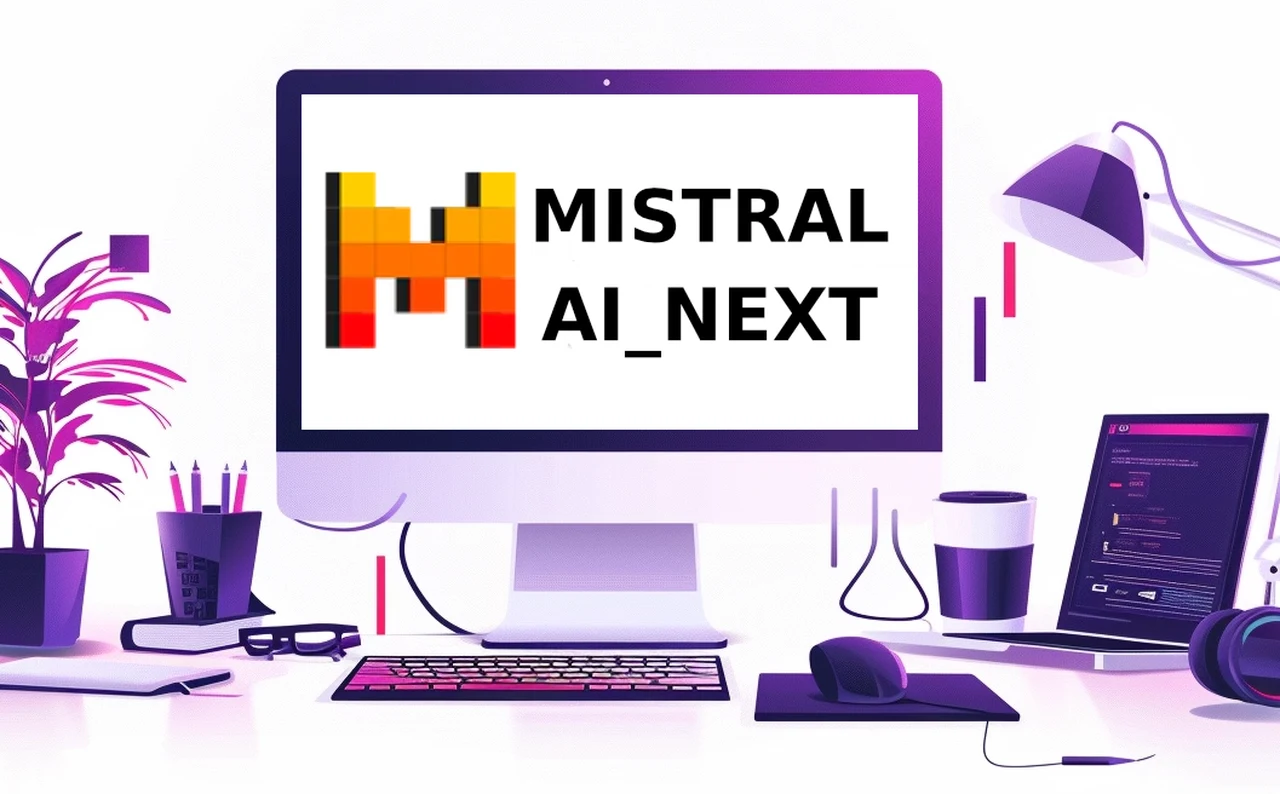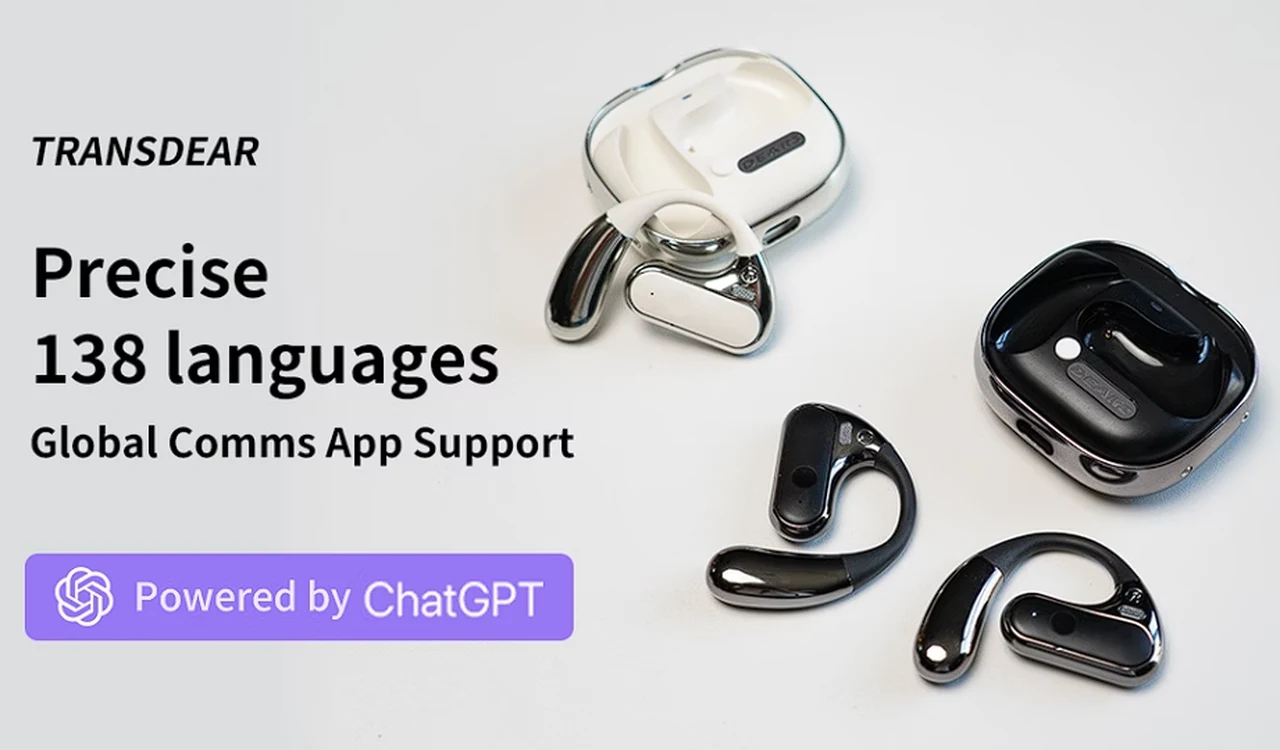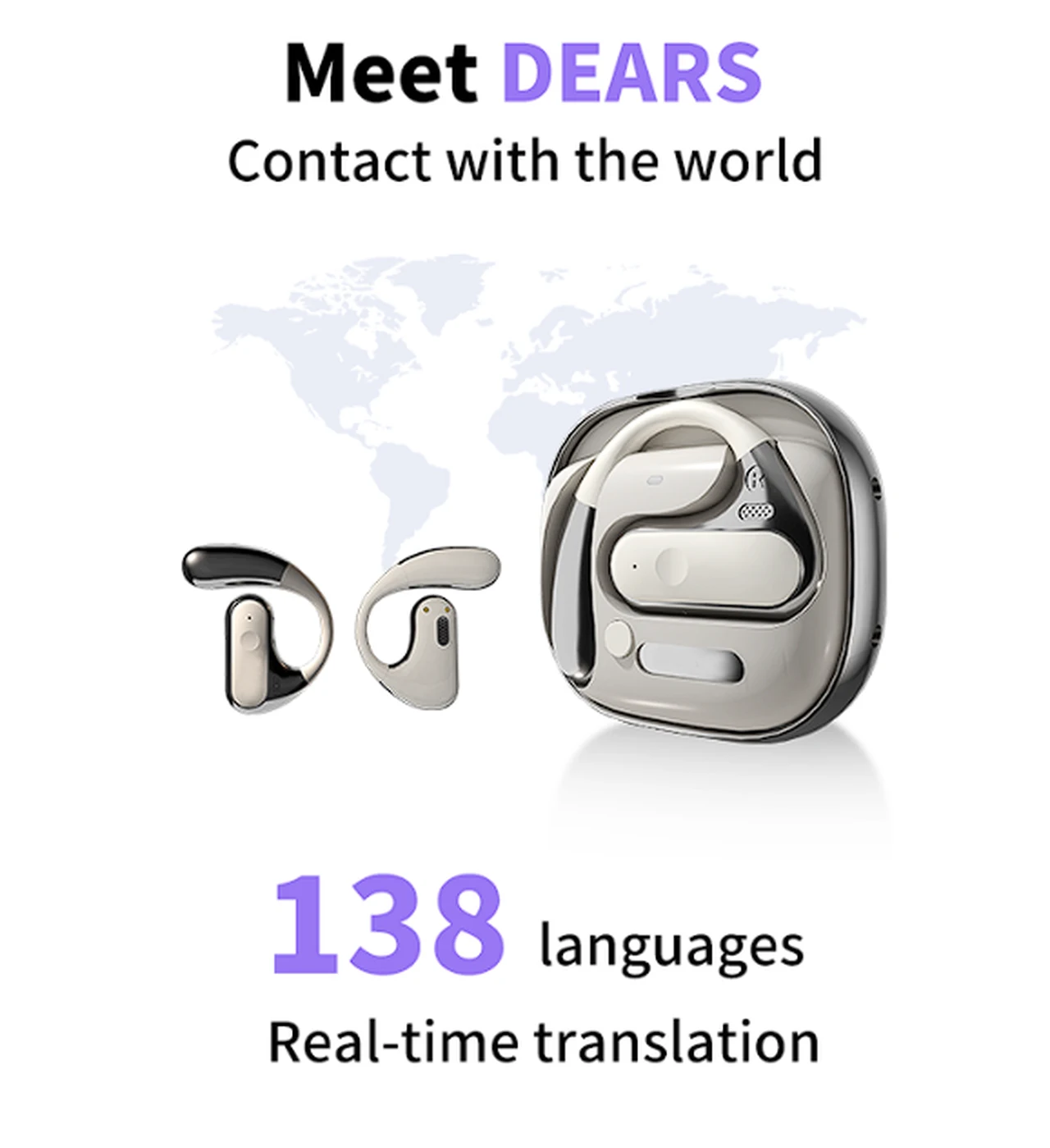
Mistral AI has released a new prototype large language model (LLM) named Mistral Next without much prior information or details. The model is currently available for testing on the Chatbot Arena platform. Users are encouraged to try it out and provide feedback. The model’s capabilities, training, and architecture remain undisclosed, but it has demonstrated impressive reasoning abilities in initial tests. It has been compared to other models on various tasks, including logical reasoning, creative writing, and programming, showing proficiency in each.
The model’s alignment and ethical decision-making have also been explored, with it providing balanced responses and allowing users to steer conversations. Mistral AI has hinted at potentially more detailed information or a more advanced model to be released in the future. This innovative tool is now available for public testing on the Chatbot Arena platform, inviting users to explore and evaluate its advanced capabilities.
As a fresh face in the realm of natural language processing, “Mistral next” is shrouded in a bit of mystery, with many of its features still under wraps. Yet, the buzz is already building, thanks to the model’s display of impressive reasoning abilities. Those who have had the chance to interact with Mistral Next report that it excels in a range of tasks, from solving logical puzzles to crafting imaginative narratives and tackling coding problems. This suggests that “Mistral next” is not just another language model; it’s a sophisticated AI that can think and create with a level of complexity that rivals, and perhaps surpasses, its predecessors.
Mistral Next AI model released
One of the standout qualities of Mistral Next is its text generation. It’s not just about stringing words together; this model can produce text that makes sense and fits the context it’s given. This is a significant step forward in language understanding, as it allows Mistral Next to engage in conversations that feel natural and relevant. When you compare it to other language models on the market, Next seems to have an edge, especially when it comes to tasks that require a deeper level of thought and creativity. Learn more about the new Next large language model released by Mistral AI in the overview demonstration below kindly created by Prompt Engineering.
Another key aspect of Mistral Next is its ethical compass. The developers have designed the model to approach conversations with a sense of balance and thoughtfulness. This is crucial because it ensures that the AI can handle a wide range of discussions, even when users steer the conversation in unexpected directions. The model’s ability to maintain consistent and coherent responses is what makes the interaction engaging and meaningful.
Although the Next LLM is currently in its prototype phase, Mistral AI hints that this is just the start. The company has teased the tech community with the prospect of future updates or the introduction of an even more advanced model. This suggests that “Mistral next” is not just a one-off project but part of a larger plan to push the boundaries of what language models can do.
For those with a keen interest in the potential of AI, Next LLM is a development worth watching. While details about the model are still limited, the initial feedback points to a promising future. The model’s performance in logical reasoning, creative writing, and coding is already turning heads, and its ethical framework adds an extra layer of intrigue. Mistral-AI’s commitment to the evolution of language models is clear, and “Mistral next” is a testament to that dedication.
If you’re eager to see what the Next LLM can do, the Chatbot Arena platform is the place to be. There, you can put the model through its paces and see for yourself how it handles various challenges. Whether you’re a developer, a researcher, or simply someone fascinated by the latest AI technologies, “Mistral next” offers a glimpse into the future of language processing. It’s an opportunity to experience the cutting edge of AI and to imagine the possibilities that lie ahead. So why wait? Dive into the Chatbot Arena and see what “Mistral next” has in store.
Filed Under: Technology News, Top News
Latest timeswonderful Deals
Disclosure: Some of our articles include affiliate links. If you buy something through one of these links, timeswonderful may earn an affiliate commission. Learn about our Disclosure Policy.





















